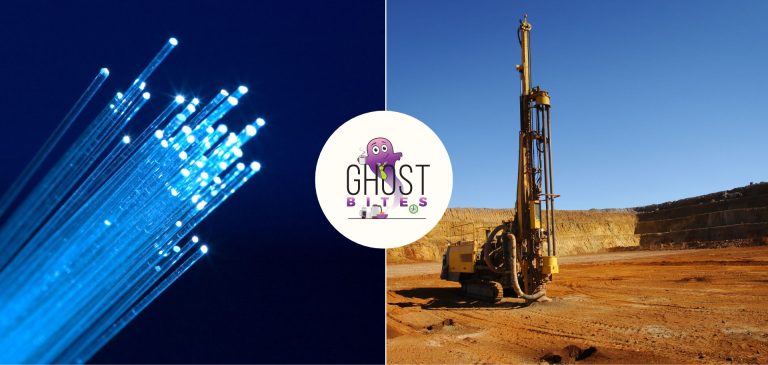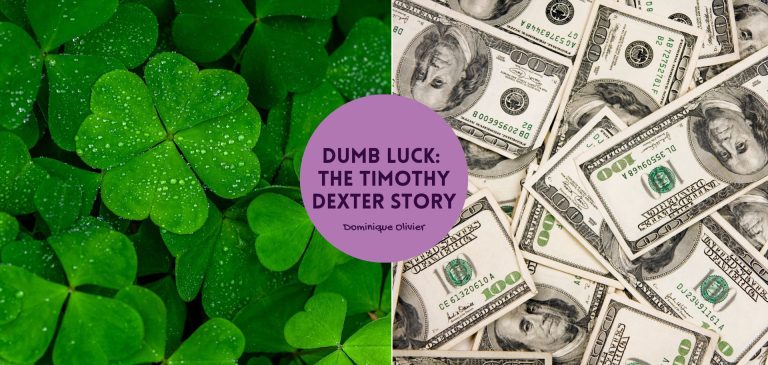Orion Minerals raises at least R37 million in cash as part of a larger equity raise (JSE: ORN)
If the share purchase plan goes well, it could be a lot higher
Orion Minerals has announced the issue of 522 million shares at R0.13 per share (roughly the current traded price), thereby raising around R67 million in equity.
They’ve managed this by achieving commitments from sophisticated and professional investors in the market who signed up for R37 million, with this amount flowing into the group as a cash raise. To further improve the balance sheet, entities related to current and prior management have agreed to convert R30 million in loans into shares.
As the icing on the cake, Orion will offer a share purchase plan to shareholders, giving them the opportunity to subscribe for up to R355k in shares per shareholder, with a potential raise of up to R46 million. I appreciate the commitment that Orion has shown to retail investors here, as most companies just raise from institutions in fancy boardroom deals and leave the average shareholder out in the cold, aside from rare examples where rights issues are necessary. This combination of an institutional raise and a share purchase plan is exactly what companies should always do.
Please note that the share purchase plan is only available to shareholders who were already on the register as at 7 July.
Orion will use the proceeds to fund the development at Prieska Copper Zinc Mine and Okiep Copper Project, as well as the usual catch-all of “general working capital purposes” at the group.
Prosus is having no trouble in attracting capital (JSE: PRX)
This is what happens when a group stops eating cash
The major highlight of the recent financial performance at Prosus is that they are no longer free cash flow negative in their operations excluding Tencent. If you know the history of the group, you’ll know that this is a big deal.
This does wonders for the balance sheet. Although Prosus has plenty of long-dated debt that doesn’t need to be refinanced yet, having strong ongoing support from the debt market is important for a group of this size.
Prosus has priced €750 million in notes due 2035. This will refinance the notes that matured in 2025, as well as €500 million worth of notes maturing in January 2026. The bonds were priced at 4.343% and were more than four times oversubscribed by investors, so there’s no shortage of interest from investors wanting to earn interest from Prosus.
Prosus is rated BBB with a stable outlook by S&P and Baa2 with a stable outlook by Moody’s. This means that the bonds are investment grade with a moderate level of risk. As Prosus keeps derisking its business, its credit rating should hopefully improve and the cost of borrowing will come down. I think we are some way off that, but the direction of travel is clear.
Finally, the Dark Fibre deal can step into the light for Vodacom and Remgro (JSE: VOD | JSE: REM)
The negotiations with the Competition Commission have paid off
After many, many, many extensions to the long-stop date for the transaction that would see Vodacom and Remgro combine their fibre assets into an exciting new venture, there’s finally success.
The Competition Commission initially blocked the deal in a move that received no shortage of valid criticism. Since then, the parties have been trying to agree a set of transaction conditions that would please the Commission. I look forward to those conditions coming to light, as I have my suspicions that the term “public interest” is working very hard once more to mean Black Ownership under B-BBEE rules rather than stuff like access to internet in low income areas. Perhaps I’ll be pleasantly surprised, but I doubt it. For whatever reason, the Competition Commission sees itself as the B-BBEE implementation arm of government.
With this deal now going to the Competition Appeals Court on an unopposed basis, Vodacom and Remgro will soon have the fibre assets of CIVH (including Vumatel and Dark Fibre) and of Vodacom in the same entity, namely Maziv. Vodacom will have a 30% stake in that entity.
There isn’t much growth in traditional cellphone services in South Africa, so this fibre deal is very important for Vodacom in particular.
Nibbles:
- Director dealings:
- In addition to a reshuffling of the structure through which he holds his shares, a director of a major subsidiary of PBT Group (JSE: PBG) bought additional shares worth R36k.
- Datatec (JSE: DTC) is busy with a scrip dividend alternative to the cash dividend of 200 cents per share. If shareholders want, they can elect to receive 3.21027 shares for each Datatec share held. This is calculated based on the 30-day VWAP, less the dividend.
- Castleview (JSE: CVW) is also busy with a dividend reinvestment alternative, but they’ve decided to price it at R9.53540, which is the net asset value (NAV) per share. The stock never trades as it is so tightly held, but the last available price was R8.20. As it’s impossible to buy more shares on the market, any investors looking to increase their stake will need to pay the NAV per share.














